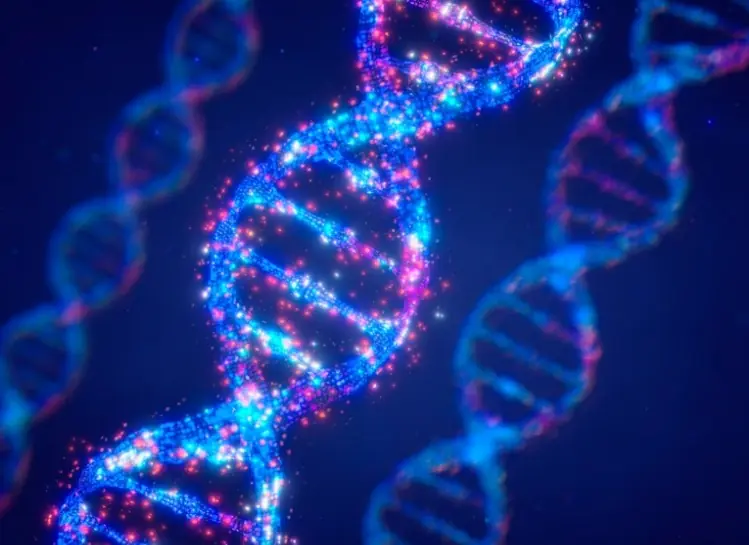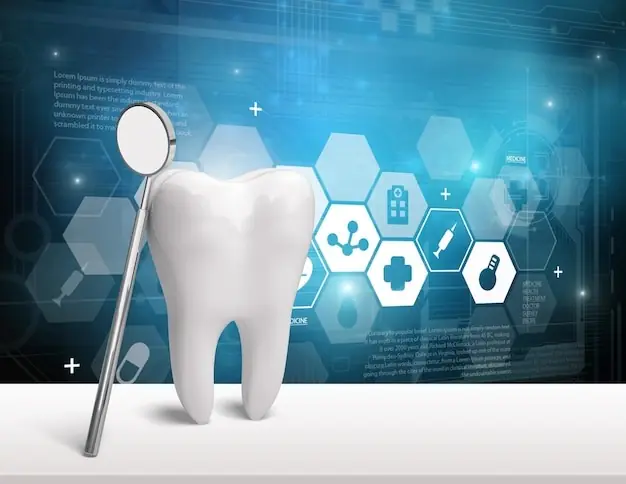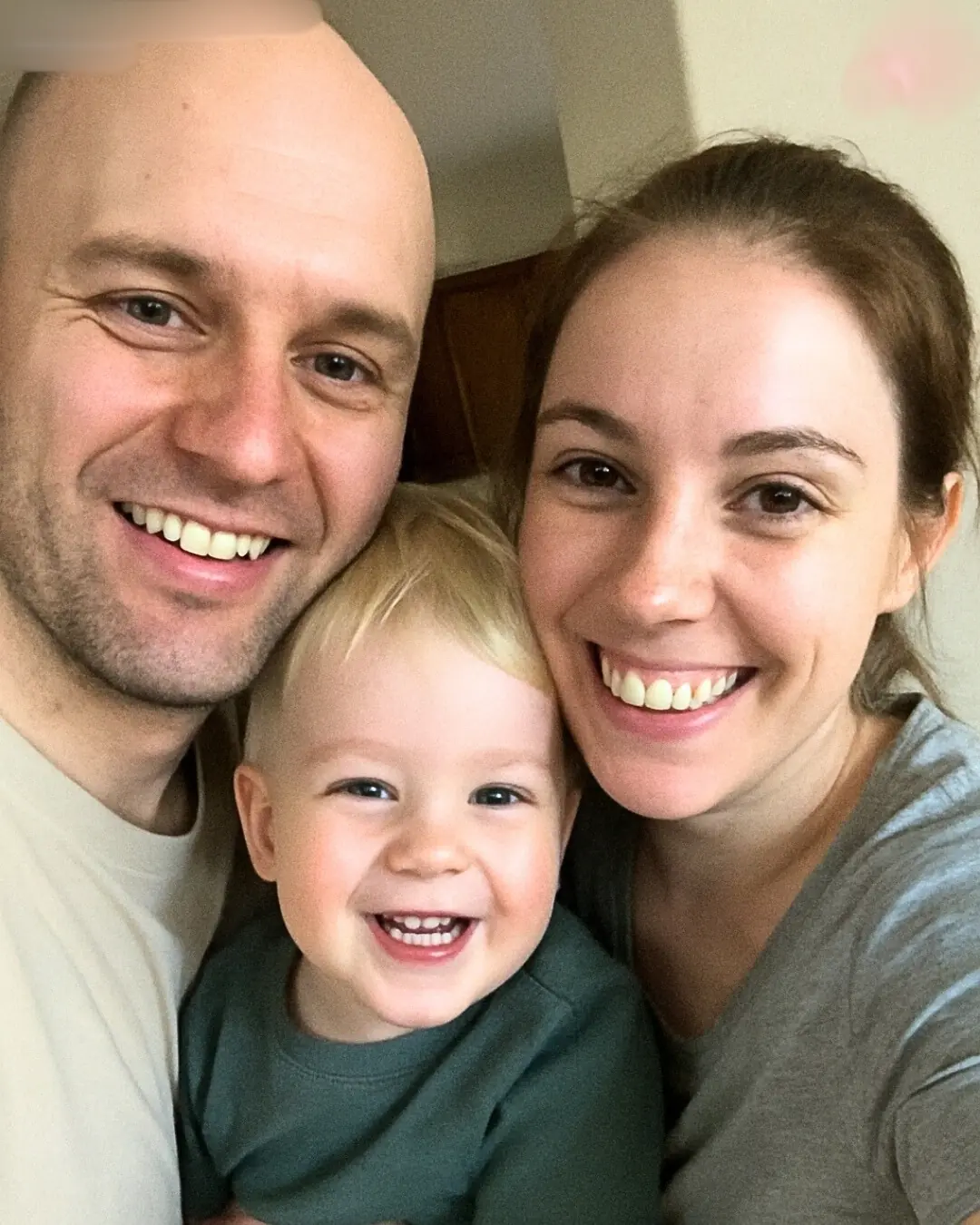
Early signs of diabetes many fail to notice
Diabetes is a medical condition where a person's blood sugar levels become too high. It occurs when the body does not produce enough insulin, a hormone that helps the body use glucose for energy and manage blood sugar levels, or when the insulin produced is ineffective. This is referred to as type 1 diabetes.
In some individuals, insulin is not produced at all, which is known as type 2 diabetes (T2D).
According to the Cleveland Clinic, more than 37 million people in the United States alone suffer from diabetes, which is approximately 1 in 10 people, with around 90% to 95% of them being diagnosed with T2D.
The early signs of diabetes can be subtle, making them hard to notice.
However, it is crucial to be aware that early detection leads to better management and prevention.
Some common signs of diabetes include:
Skin Tags
Skin tags are harmless growths that can appear on various parts of the body but are most commonly found on the underarms, groin, neck, and even the eyelids. These growths are one of the potential indicators of T2D.
Small Bumps
People with diabetes may experience elevated levels of triglycerides, a type of fat that circulates in the bloodstream. This can lead to the development of small, yellowish bumps on the skin, a condition known as eruptive xanthomatosis.
Fatigue
Fatigue is a symptom associated with numerous diseases, disorders, and deficiencies, including T2D. It can occur due to fluctuating blood sugar levels, medications, or excessive weight, all of which are common in individuals with diabetes.
Dark Skin Patches
Dark patches on the skin, known as acanthosis nigricans, often appear in areas like the armpits, groin, and neck. These patches have a velvety texture and may signal diabetes or other undiagnosed health conditions. If you notice these changes, it's important to seek medical advice.
Feeling Thirsty
Constant thirst and frequent urination are some of the most noticeable signs of diabetes. When blood sugar levels rise, the kidneys must work harder to filter and absorb the excess glucose. This process causes the body to release the extra glucose through urination, which depletes the body's fluids, leading to increased thirst.
In addition to these symptoms, other early indicators of high blood sugar include blurred vision, slow-healing wounds, unexplained weight loss, and a tingling or numb sensation in the skin.
Identifying these signs early is essential for managing diabetes effectively and preventing complications down the line.
It is vital to recognize these symptoms promptly and consult a healthcare provider for further evaluation and diagnosis.
Disclaimer: This information is provided for informational purposes only and should not be considered as a substitute for professional medical advice, diagnosis, or treatment. Always consult with your physician or healthcare provider for any health-related concerns or questions regarding medications. Do not disregard professional advice based on this information.
News in the same category


Hyperacute rejection-engineered oncolytic virus for interventional clinical trial in refractory cancer patients

Your Feet Could Be Signaling That Your Arteries Are Clogged

36-Year-Old Teacher Dies From Diabetes Doctors Say Was Triggered By Everyday Foods

Cancer Rates Rising in Gen X and Millenials Compared to Older Generations, Study Finds

Lungs Full of Mucus? 1 SINGLE Drop Clears Airways & Restores Lung Health! | Barbara O’Neill

Rejuvenate Your Prostate Naturally: The Incredible Power of Tomato and Garlic Juice

Experts reveal the five foods that seriously affect your eyesight including one many of us eat every day

Bizarre permanent effect being stressed for just 5 days can have on your body

Everything to know about US measles outbreak as 2025 cases so far surpass numbers for whole of 2024

Doctor sends warning to anyone 'micro-dosing' Ozempic as fears grow about what it could do to your body

Caution Over Vaping After Teen Develops ‘Popcorn Lung’ Linked to Chemical Exposure

10 Reasons Ramen Noodles Are Bad For You (and How to Make Them Healthy)

101-Year-Old Doctor Is Still Driving, Shares His 7 Tips For A Long Life

Lab-grown teeth might become an alternative to fillings following research breakthrough

15 Surprising Things Men Say Make Women Seem Older Than They Are

Study Finds People with Certain Blood Type Are Prone to Early Stroke

New Castor Oil, Celtic Salt & Baking Soda Detox Changes EVERYTHING! (Must Try!)

The Cancer Destroying LEAF That Doctors Aren’t Telling You About! Barbara O’Neill SECRET
News Post

I-motif DNA structures are formed in the nuclei of human cells

Hyperacute rejection-engineered oncolytic virus for interventional clinical trial in refractory cancer patients

Your Feet Could Be Signaling That Your Arteries Are Clogged

36-Year-Old Teacher Dies From Diabetes Doctors Say Was Triggered By Everyday Foods

Cancer Rates Rising in Gen X and Millenials Compared to Older Generations, Study Finds

Lungs Full of Mucus? 1 SINGLE Drop Clears Airways & Restores Lung Health! | Barbara O’Neill

Rejuvenate Your Prostate Naturally: The Incredible Power of Tomato and Garlic Juice

Experts reveal the five foods that seriously affect your eyesight including one many of us eat every day

Bizarre permanent effect being stressed for just 5 days can have on your body

Everything to know about US measles outbreak as 2025 cases so far surpass numbers for whole of 2024

Doctor sends warning to anyone 'micro-dosing' Ozempic as fears grow about what it could do to your body

My Sister Inherited Everything, While My Father Left Me Only a Chessboard, But the Secret It Held Shocked Our Entire Family

I Heard Our Baby Crying While I Was in the Shower & My Wife Was Watching TV – When I Entered His Room, I Screamed in Shock

My Husband Refused to Replace Our Broken Vacuum and Said I Should Sweep Since I'm 'Just on Maternity Leave' — So I Taught Him a Lesson He'll Never Forget

My FIL Got Rid of My Beloved Flower Garden & Dug a Pool for Himself without Permission – But Karma Hit Him Back Harshly

I Came Home to Find My Kids Outside with Packed Bags — It Was the Hardest Day of My Life

Greedy Brothers Mock Younger Sister Because She Only Inherited an Old Umbrella

My MIL Left Me Everything Instead of Her Own Children, But My Inheritance Came With a Trap
